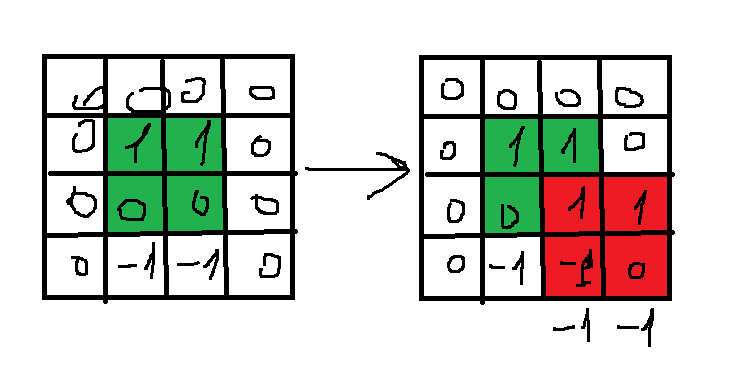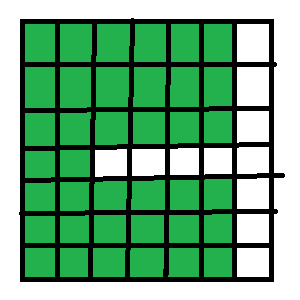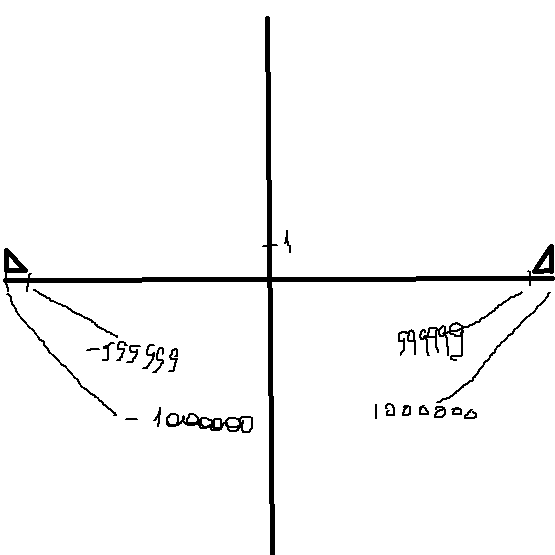"Everything is possible in ICPC as long as the community decides it should happen" — Bill Poucher.
Hello, community. I want to share my story about how our team got accepted to SEERC(Southeastern Europe Regional Contest) a couple of months ago and suddenly got declined a week ago(our registration was cancelled). I also want to ask some questions.
A little bit about regionals in Ukraine:
There are 2 stages before advancing to SEERC:
First stage is held in April(almost in the end of academic year) and all the teams from Ukraine have to attend to this stage in order to go to SEERC(there are also some exceptions)
Second stage is held in September(in the start of academic year)
There are also many "rules" for that stages, that are not mentioned anywhere in the official icpc.baylor.edu site.
That already doesn't make any sense because some students entering the university at the start of academic year will not be able to compete in current season, because they weren't participating in April. For example most countries can attend to SEERC without any stages before it.
Organization of first and second stage:
First stage is going simultaneously in 20+ different places in Ukraine for the same problemset. There is no any organization at all. Contest can be scheduled to start at 10AM and can start in 11AM. Teams from some places in Ukraine can get statements/login/passwords at 10AM, some of them can get statements/login/passwords at 11AM, although there is only one leaderboard for all the teams from Ukraine. There are always issues with judging system during 1st stage. Almost every year there are some issues like check failed, incorrect constraints, invalid test cases and so on. Most of the problems in the problemset for 1st stage are used from internet. Almost none of them are original.
Same issues are applied for second stage, but second stage is going in 5 different places and there is a bit lower percentage of problems from the internet and a bit lower percentage of issues like check failed, incorrect constraints, invalid test cases. Problemset of second stage usually contains 10-15 problems and 75% of them has difficulty ≤ div2D. And it's always enough to solve this 75% to advance to SEERC.
The part of my story:
This year in July I was invited to enter Lviv National University and enter team to participate in ACM. One of the members of the team was competing in Finals(April 15 — April 20) this year and our first stage before SEERC for season 2019 was held in April 21(amazing, isn't it?). So he was not able to attend this stage because the ticket to Ukraine was booked for April 20 long ago and there was no way he could be in time. That's why he was allowed to create a new team that can attend to second stage or to SEERC. So I was invited to this team and one more person was taken. Here is our team: https://codeforces.me/team/46799. That's when all this started.
Ukrainian regional director didn't want to accept third member of our team, because he was marked as reserve for another team, that participated in the first stage(it wouldn't happen, if we hadn't that nonsense with stages). He didn't allow our team to participate in second stage with third member, but we had no another options. Regional director even supposed(or joked, I don't know) for us "to take pretty girl as third member, if we have no options".
So our coach decided to get in touch with regional director of SEERC and ask him if it's possible for our team to attend to SEERC. Regional director accepted our team then(it was in July). He said that there will be no problems with it. I relocated to Lviv from my home city and started team trainings. Also I entered Lviv National University in September. We trained for almost 3 months and here we got an information, that our team registration is suddenly rejected.
It appeared, that our ukrainian director wrote to SEERC regional director and  him to reject our team registration, because our team was not accepted to stage 2 of ukrainian contest(because of stupid restriction for the third member that would not happen at all if there would be no that nonsense stages). SEERC regional director could still accept our team but he decided to avoid conflict with our ukrainian director and just rejected our team registration. And the point that we wasted 3 months of our time and a lot of resources to train as a team and that we wouldn't do that if he rejected our team registration at July was not an argument for him.
him to reject our team registration, because our team was not accepted to stage 2 of ukrainian contest(because of stupid restriction for the third member that would not happen at all if there would be no that nonsense stages). SEERC regional director could still accept our team but he decided to avoid conflict with our ukrainian director and just rejected our team registration. And the point that we wasted 3 months of our time and a lot of resources to train as a team and that we wouldn't do that if he rejected our team registration at July was not an argument for him.
After that I wrote to Bill Poucher with describing this story and asking "Why did it happen?" and just got redirected to some kind of executive manager. And after some talking with him he just finally said to me(it's a quote from the letter): this tough decision is well founded by the regional leadership. I fully understand this is not what you hoped for, but the error is at the level of Lviv teams management. I understood then that it's pointless to talk with them.
I am posting it only after SEERC, because probably they can find a reason to disqualify another teams from our university and I don't really want this to happen.
So the questions are:
Why did it happen? It really doesn't make sense that we got approved for SEERC and rejected 2-3 months later.
Did somebody have similar problems in ACM? I already saw posts about ACPC multiple times and posts about IOI with similar nonsense situations. It's really sad that something like that happens.
Is it possible to deal with this problem? Can our team somehow be transferred to another region?















 ;
; .
.
